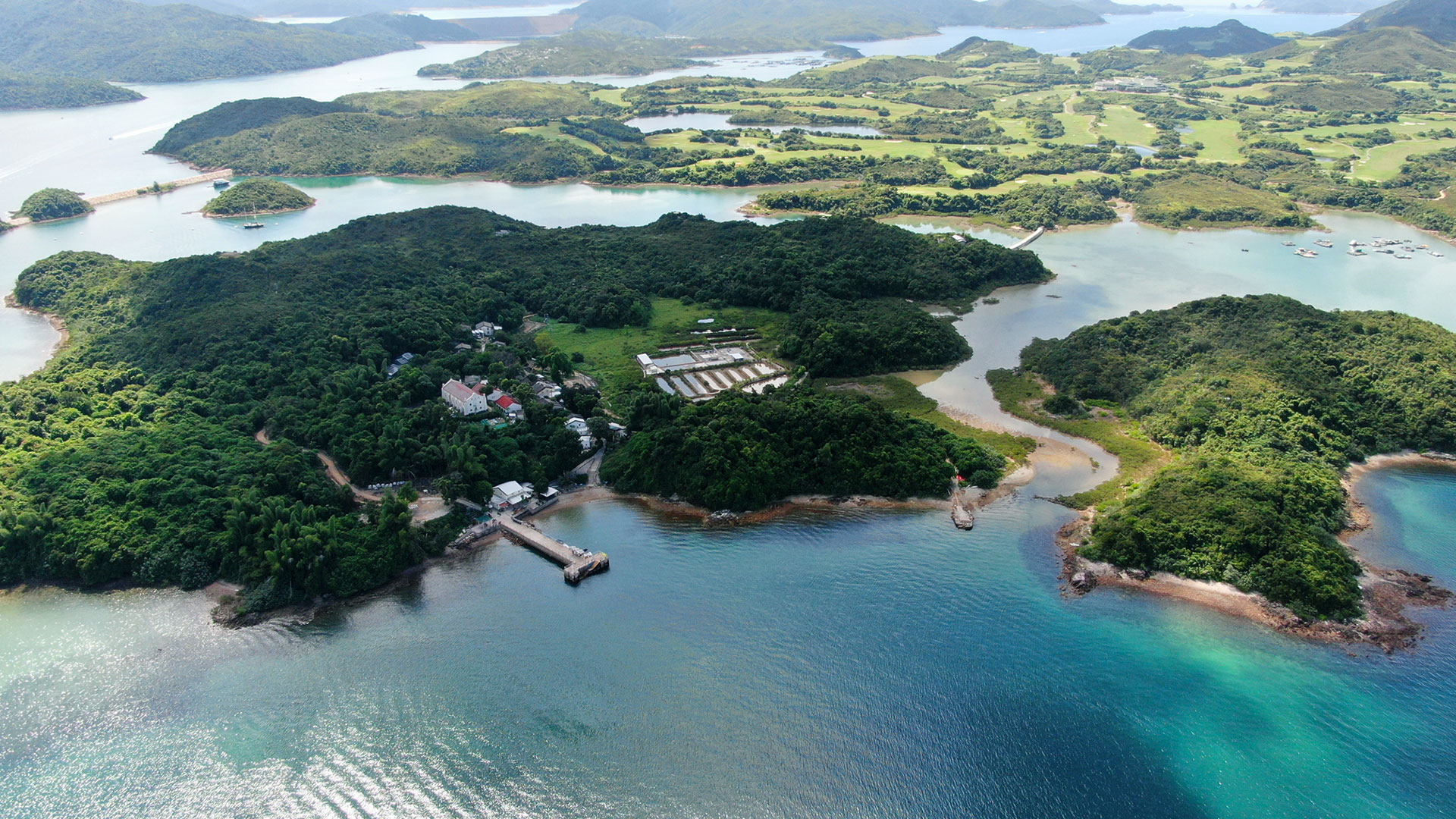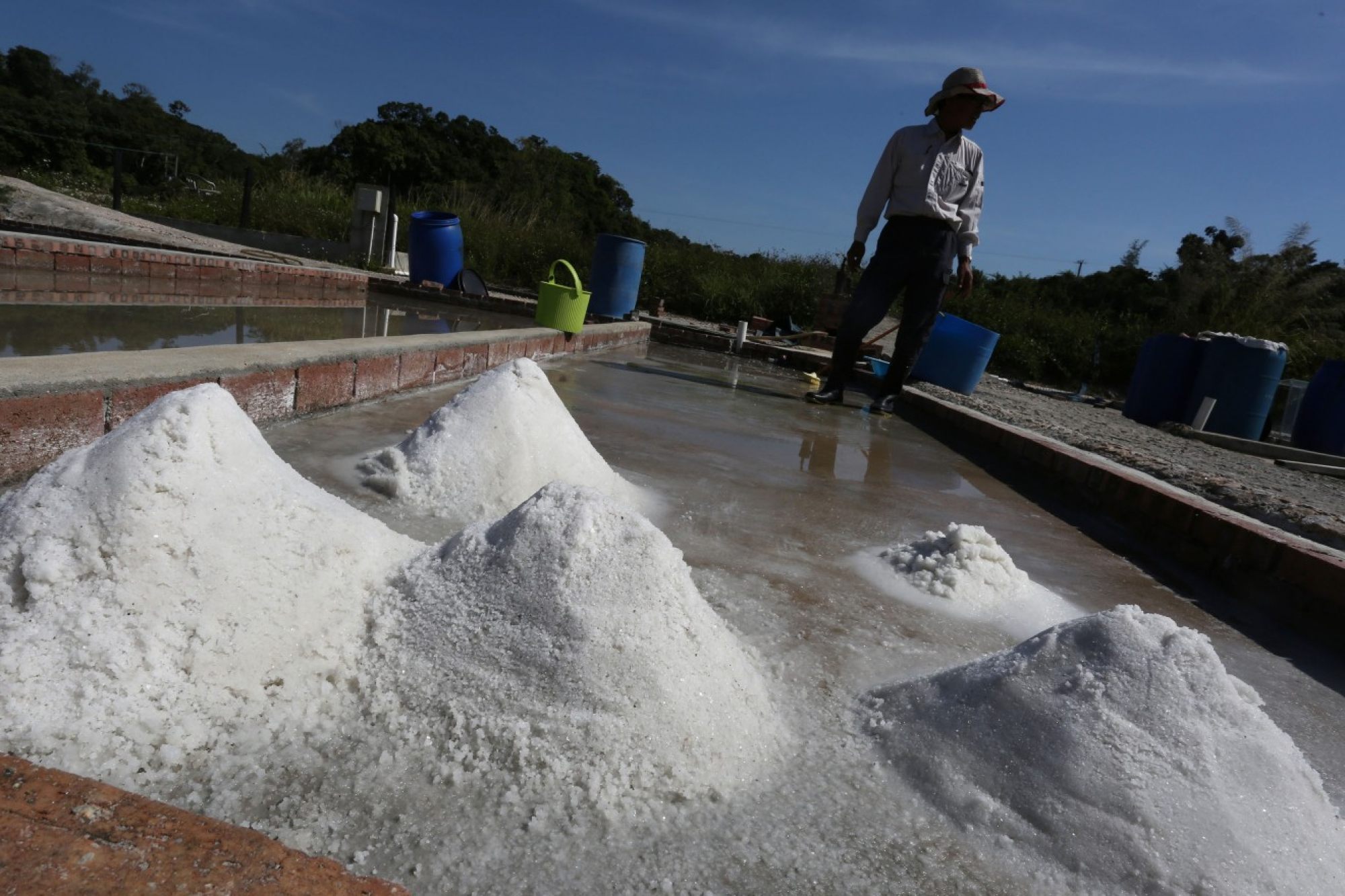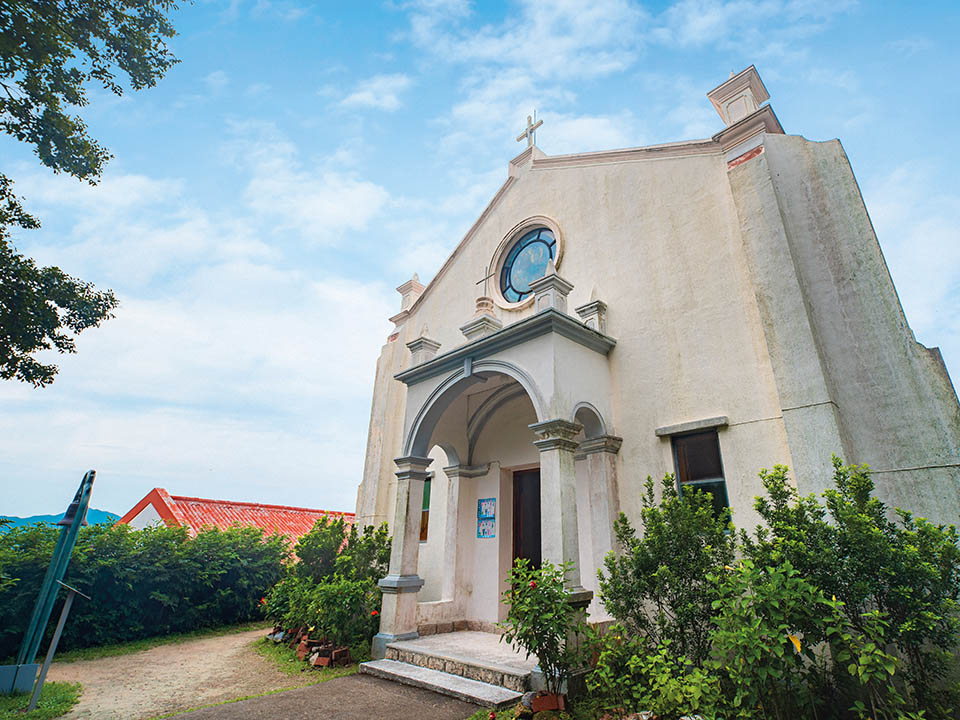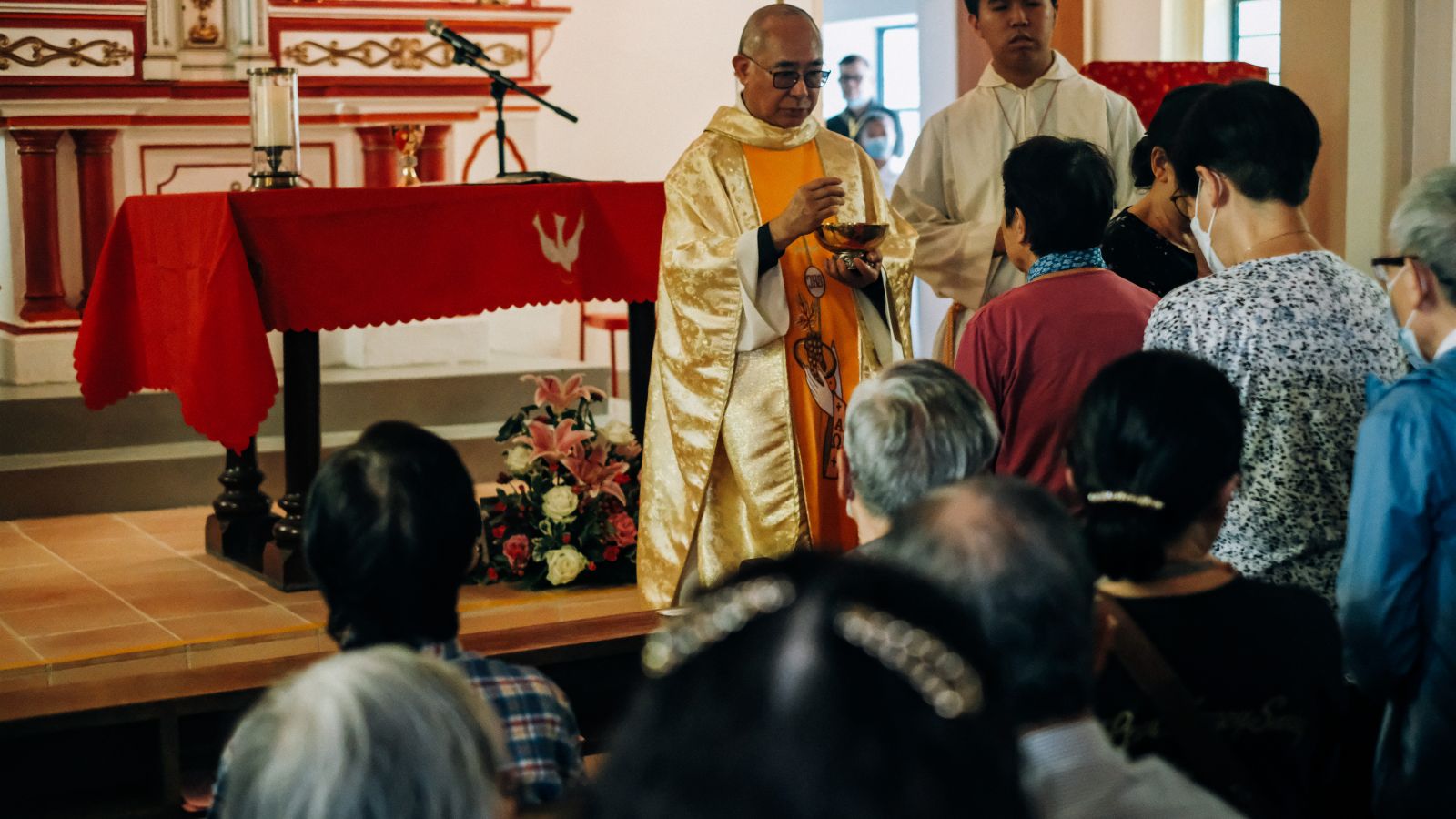A brief 15-minute boat journey from the Sai Kung public pier will take you to Yim Tin Tsai, a petite island with a rich history. The name 'Yim Tin Tsai' translates to 'Little Salt Pan' in Cantonese, and it remains the sole salt-producing location in Hong Kong.

The tale begins around 1670 when members of a Hakka clan from southern China discovered the small island, barely 500 meters in diameter and 37 meters above sea level at its peak. During high tide, a large area of flat land was inundated, which, when exposed to the sun and wind during low tide, became an ideal spot for salt production. The Hakka people established salt pans and water gates to manage the water flow and initiated a salt-selling business in Sai Kung and the surrounding region.

The traditional salt-making method is a slow one. The pans are flooded with water, and it takes almost two weeks for the water to evaporate, leaving behind salt crystals. This process can be expedited on sunny days with high temperatures. While this isn't a large-scale operation, it ensures high-quality salt. The centre does sell some salt as part of its mission to preserve culture, with a monthly production of 400 to 500 bottles and 130g jars of salt being sold for a suggested donation of about HK$50 each. In 2015, the ancient salt pans received a UNESCO distinction for preserving a significant piece of Hong Kong’s industrial heritage. The centre, open on weekends and public holidays, offers introductory sessions to the salt pans and advanced salt pan workshops that can be booked in advance.

For nearly 200 years, the Hakka people lived peacefully, harnessing the sea, tides, and wind to produce salt. The locals welcomed Catholicism when European missionaries arrived in the Sai Kung area in the late 19th century to propagate their faith, leading to the construction of St Joseph’s Chapel on the island in 1890. Till now, the villagers that emmigrated to all over the world come back to the chapel to attend the important mass as annual gathering.

In recent years, the island have been going through a significant revibalization. Apart from the refurbishment of the salt pans and the chapel, a Yim Tin Tsai Heritage Exhibition Centre showcasing Hakka culture is developed with the help of the researchers from CUHK and HKUST, plus a 3-year-period prior scheme art festival held by the Hong Kong Tourism Commission partnering with social enterprises since 2019. With a half-day retreat, you can enjoy religion heritage, salt-making workshop, Hakka cultire, hiking in mangroves and comtemporary art all in this tiny island!
.png)
.png)
From Sai Kung to Yim Tin Tsai(10am-3pm);
From Yim Tin Tsai to Sai Kung(12:20pm-5pm)









